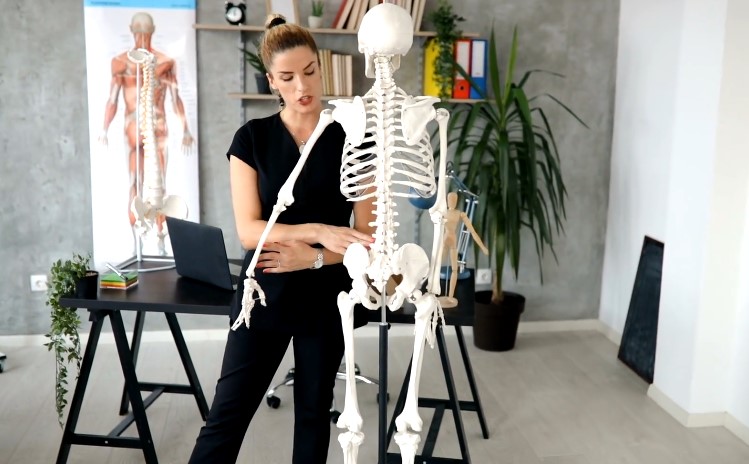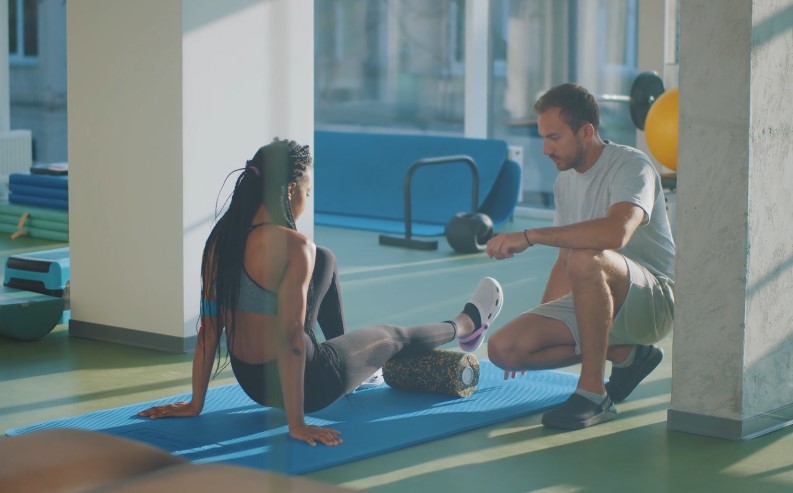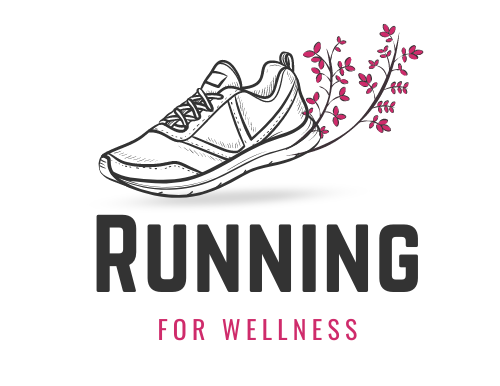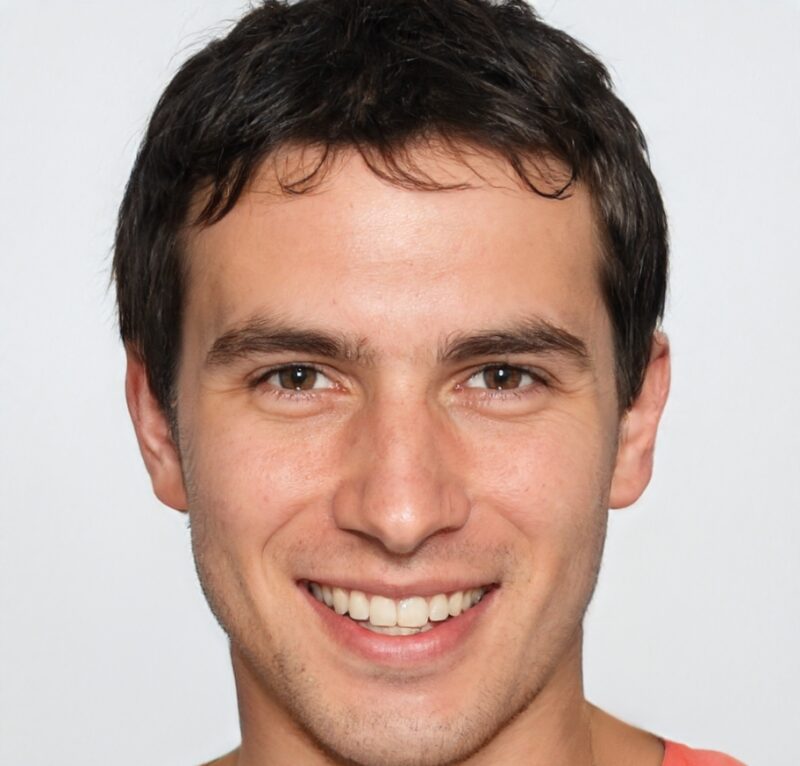If you’re passionate about fitness and want to make a real difference in people’s lives, becoming a certified personal trainer is a career path with both purpose and growth potential. In the United States alone, over 340,000 personal trainers are currently employed, with the Bureau of Labor Statistics projecting the field to grow by 14% from 2022 to 2032—a rate much faster than average for all occupations. But it’s not just about loving the gym: the real pathway to a successful training career starts with recognized certification, which is required by virtually every reputable gym, studio, and most insurance carriers.
You can expect to invest anywhere from $400 to $1,500 (depending on your chosen certifying body and study approach) and spend two to six months from starting your studies to receiving your credential.
To become a certified personal trainer, you need to meet basic requirements (usually 18+, high school diploma/GED, and a CPR/AED certificate), choose an accredited certification organization (such as NASM, ACE, ISSA, NSCA, or ACSM), study the curriculum, pass the exam (online or in-person), and maintain your certification with ongoing education. Costs and timelines vary, but with commitment and planning, you can be career-ready in less than a year and start earning as soon as you pass.
Table of Contents
ToggleStep-by-Step: How to Become a Certified Personal Trainer

1. Check Basic Eligibility
Most certification bodies require:
- Age: Minimum 18 years old
- Education: High school diploma or GED
- CPR/AED Certification: Must be valid on exam day; classes available from the American Red Cross, American Heart Association, and local community centers (usually $40–$100, 1-day class)
- Legal eligibility: Some states/countries may require additional background checks
2. Choose an Accredited Certifying Body
Choosing the right certification is the biggest decision you’ll make, as it affects your employment options and credibility. The top five most recognized organizations (all accredited by either NCCA or DEAC) are:
| Organization | Exam Fee | Total Cost (w/ Study) | Accreditation | Renewal | Recertification Interval | Industry Reputation |
| NASM | $599–$999 | $699–$1,499 | NCCA | $99 | 2 years | Most gym-friendly, corrective exercise |
| ACE | $499–$899 | $599–$1,199 | NCCA | $129 | 2 years | Well-rounded, accessible |
| ISSA | $799–$999 | $799–$1,199 | DEAC | $99 | 2 years | Popular for online learning, nutrition bundles |
| NSCA | $435–$800 | $535–$1,000 | NCCA | $50 | 3 years | Best for strength & conditioning |
| ACSM | $349–$399 | $429–$749 | NCCA | $45 | 3 years | Science-focused, academic ties |
Things to consider:
- Exam retakes usually cost extra ($150–$250), so prepare well.
- Some programs include job placement help or internships.
- Compare study options: some offer live workshops, while others are fully online.
3. Study and Prepare

Preparation time can vary:
- 2–3 months if you have a strong fitness/science background
- 4–6 months for those new to anatomy, kinesiology, or exercise program design
Typical study resources:
- Official textbooks ($50–$120)
- Online video lectures, practice quizzes, and study guides
- Practice exams (often included in premium packages)
- In-person or virtual workshops (optional, $100–$400 extra)
Pro tip:
Schedule your exam date when you buy the course to set a clear goal and study timeline.
4. Register for and Pass the Exam
Once you feel confident in your knowledge, it’s time to schedule your certification exam. The good news is that most organizations now offer multiple options, so you can take the test in person at a local testing center or even online from the comfort of your home, thanks to secure proctoring software.
The exam itself usually consists of 120 to 150multiple-choicee questions, and it’s designed to test your understanding across all the most important topics: human anatomy and physiology, exercise program design, client screening and assessment, safe exercise technique, and the professional and legal responsibilities that come with training clients.
Most certifying bodies set the passing score between 70% and 75%. If you’re taking your test online, you’ll often know your results instantly, so you can move forward with your plans right away.
5. Get Insured and Start Your Career
With your certification in hand, the next crucial step is securing professional liability insurance. This is more than just a formality—gyms, studios, and private clients will expect you to be insured, and the peace of mind it brings is worth the annual cost (usually $100 to $250 per year).
Insurance protects you in case a client gets injured during a session, whether you’re training them at a big club, a boutique studio, or even outdoors in a park.
Now you’re ready to start working! New trainers often begin their careers in commercial gyms such as LA Fitness, Equinox, or Gold’s Gym, where they can learn the ropes, meet potential clients, and gain real-world experience.
Other options include working in corporate wellness programs, boutique studios specializing in HIIT, Pilates, or boxing, or offering home, online, and mobile training—a segment that’s grown rapidly in recent years.
For many new trainers, the best first move is to start as a part-time “floor trainer” at a gym. This lets you get hands-on experience, observe seasoned trainers, and build your confidence before moving on to train private clients independently.
As you build your client list, you’ll find that managing your schedule efficiently becomes essential. More and more trainers are using an appointment scheduling app to keep track of client bookings, cancellations, and availability. Not only does this cut down on back-and-forth texts and double bookings, but it also looks professional to your clients and helps you maximize your time. Good scheduling habits can make your transition from gym employee to independent trainer much smoother.
6. Maintain and Renew Your Certification
Certification isn’t just a one-and-done achievement—it requires ongoing education to keep your knowledge sharp and your credentials valid. Most certifying organizations require you to renew your certification every two or three years.
This is typically done by earning continuing education credits (CECs) through workshops, online courses, national conferences, or even advanced certifications in specialties like nutrition, corrective exercise, or group fitness.
Renewal not only satisfies requirements but also helps you stay up to date with new research, training trends, and industry standards. Whether you choose to attend in-person seminars or learn at your own pace online, these opportunities expand your skill set and boost your resume, making you more valuable to employers and clients alike.
You should budget $100 to $300 per renewal period for courses and fees, but view this as an investment in your long-term career growth and credibility.
What to Expect in Your First Year

- Earnings:
New trainers in the US typically start around $18–$30/hour at gyms, but can earn $50+/hour privately as their reputation grows. The average salary is about $45,000/year, but top earners in cities or with niche skills can make $80,000+. - Flexibility:
Many trainers work part-time or use personal training as a side hustle. Hours can include early mornings, evenings, and weekends to match clients’ schedules. - Job Growth:
The explosion of virtual fitness (post-2020) means certified trainers can now coach clients anywhere—many organizations offer additional digital coaching credentials to help you compete in this space. - Ongoing Learning:
The best trainers keep learning. Consider specialties in corrective exercise, nutrition, senior fitness, or sports conditioning to increase your value.
Final Thoughts
Becoming a certified personal trainer takes dedication and some investment, but it’s a straightforward process: meet the requirements, choose a respected certifying body, study hard, pass your exam, and stay current with new trends and science. If you love fitness, enjoy helping others, and want a dynamic career with plenty of room for growth, this field welcomes new energy and talent. Start planning your steps—and you could be coaching your first clients, in the gym or online, within a matter of months.
If you have questions about choosing the right certification, preparing for your exam, or finding your first job, just ask. Helping people achieve their goals starts with you, and there’s never been a better time to get started.
Related Posts:
- How Can You Start a Career as a Running Coach?
- 10 Best Running Documentaries - Inspiring Films for Runners
- Lower Back Pain While Running? Here's What You Need to Know
- How Long Does It Take to Train for a Half Marathon?
- How Far Is a Half Marathon? Everything You Need to Know
- 10 Jobs That Keep You Fit While You Work







